The Santos Dumont House Museum in Petrópolis is a picturesque residence nestled in a steep location in the city, built in 1918 with the help of engineer Eduardo Pederneiras.
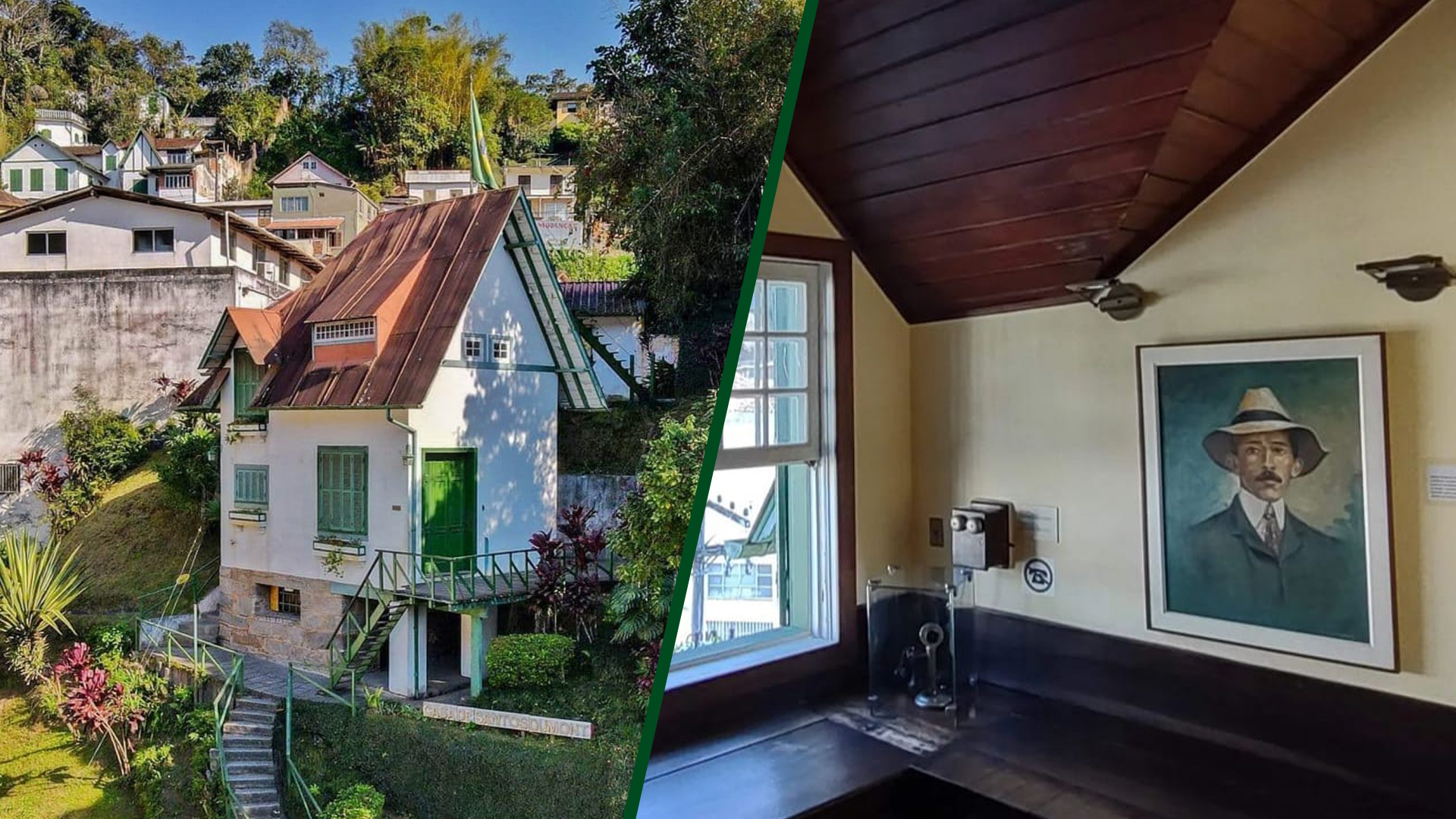
The house has some peculiarities, such as one of his last inventions, which is the hot water shower, the only one in Brazil at that time, heated by alcohol. There’s also an external staircase where you can only start climbing with the right leg and an internal one where you can only start climbing with the left leg. The house’s architecture also features an open layout without partitions between rooms. There is no kitchen in the house, and Santos Dumont would call the Palace Hotel restaurant to deliver his food. Today, the location where the restaurant was is occupied by the Catholic University of Petrópolis.
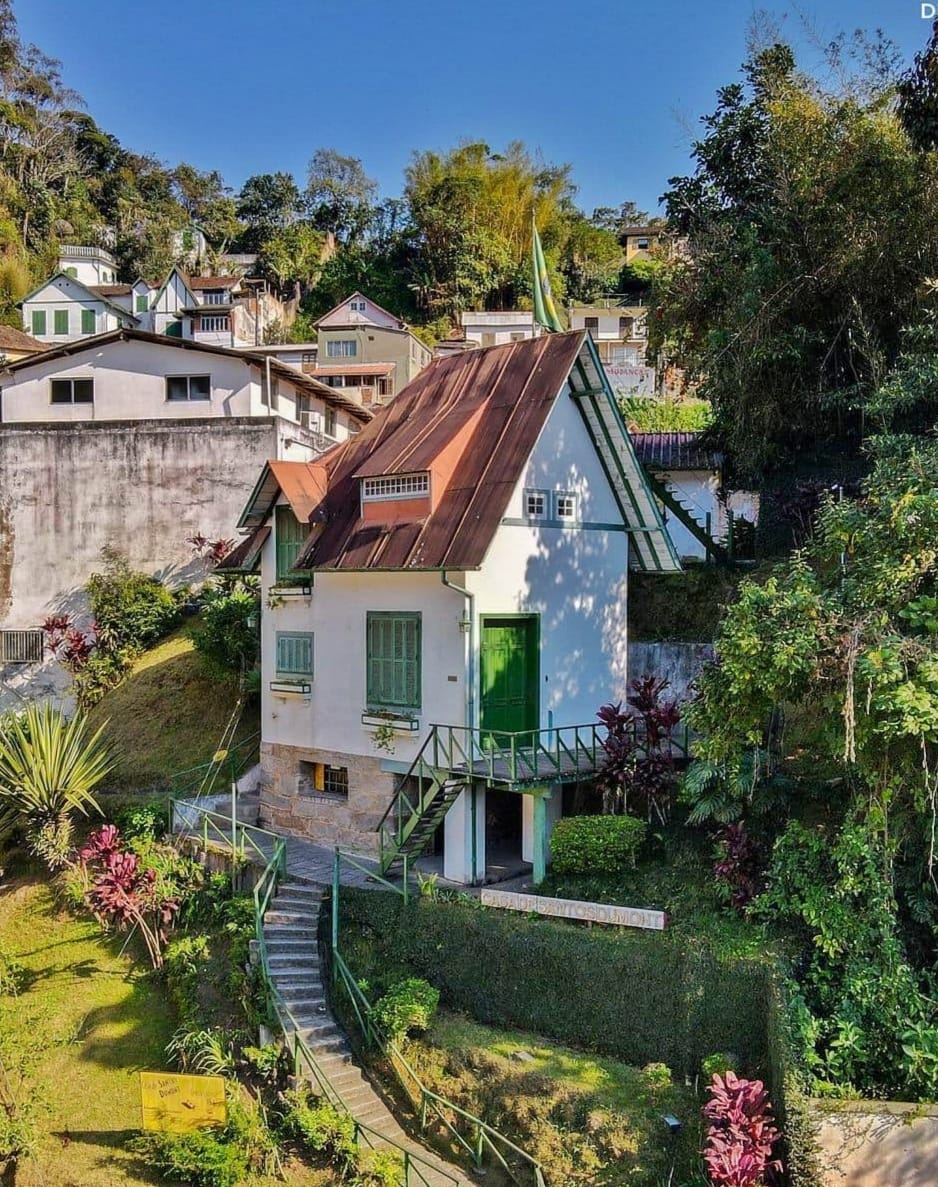
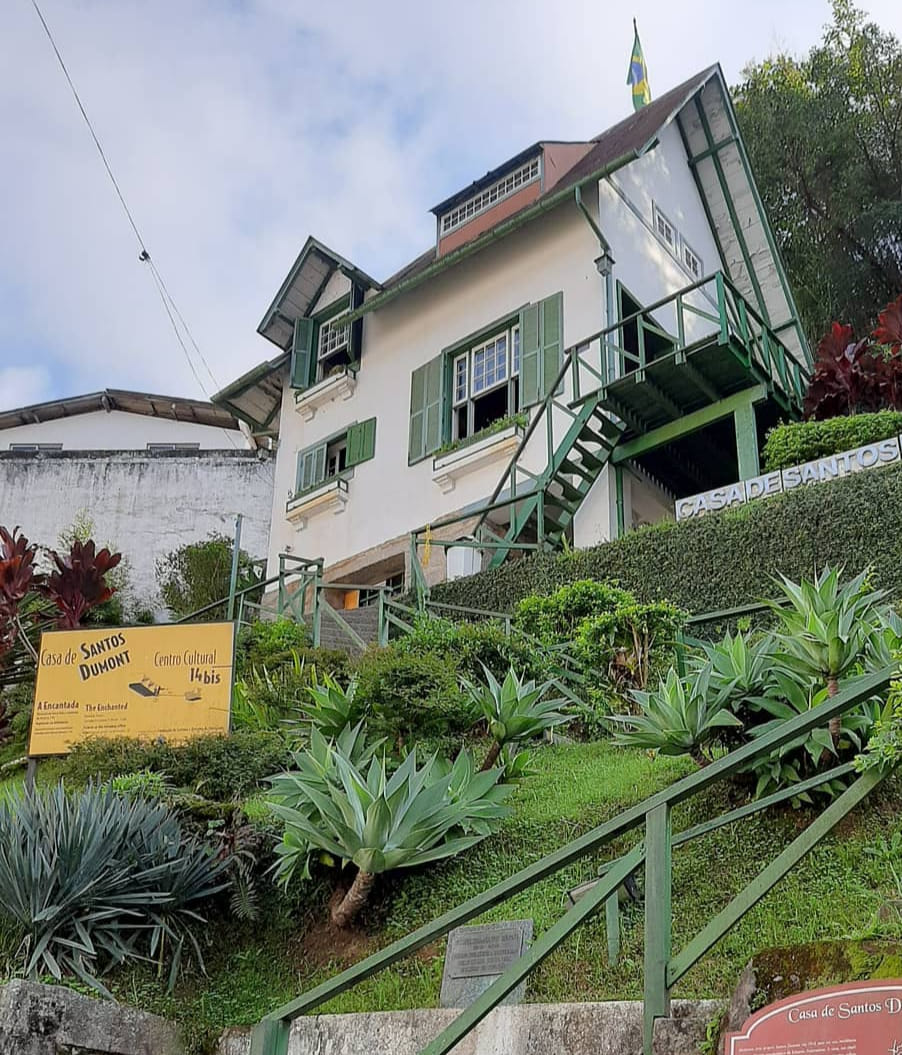
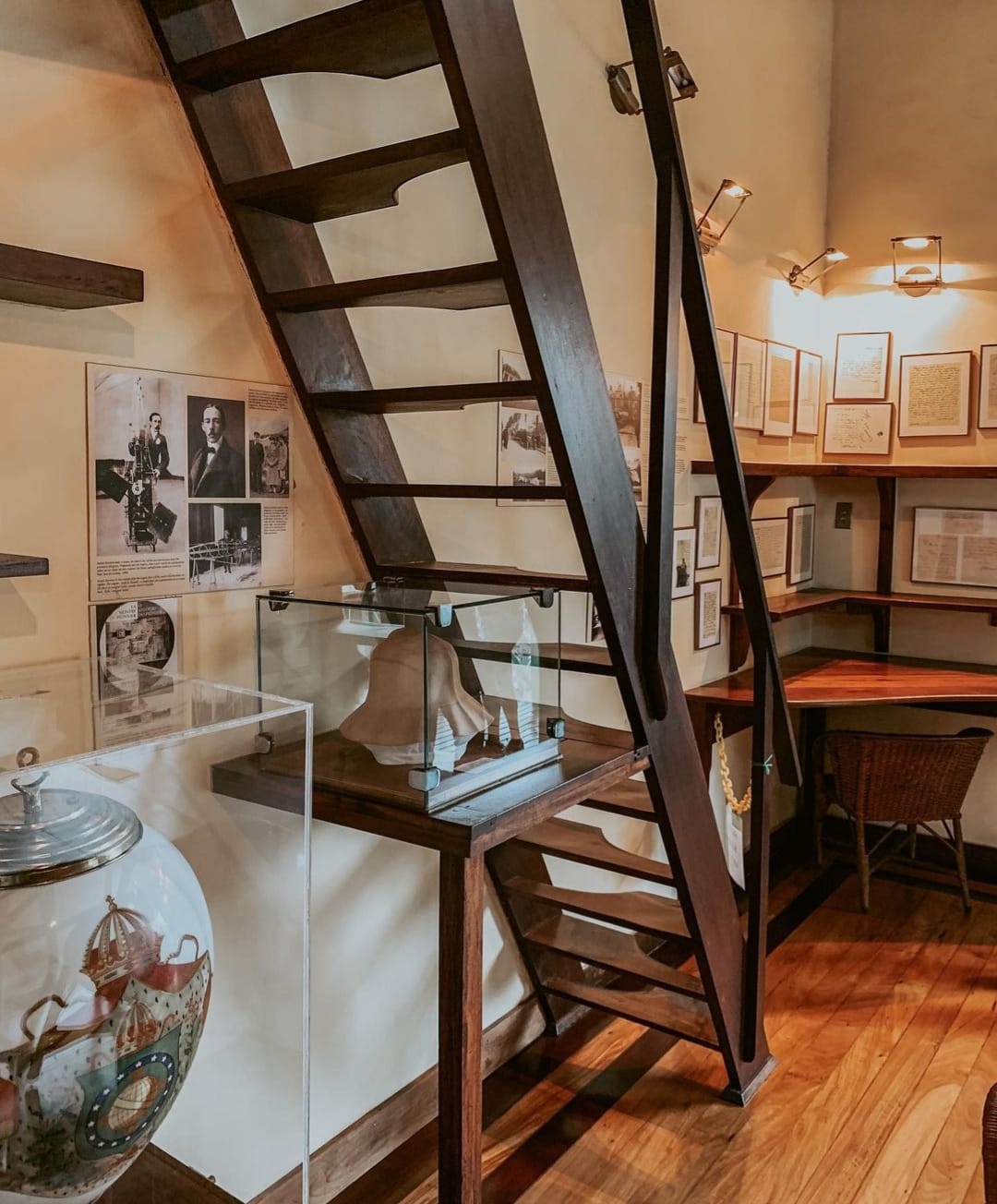
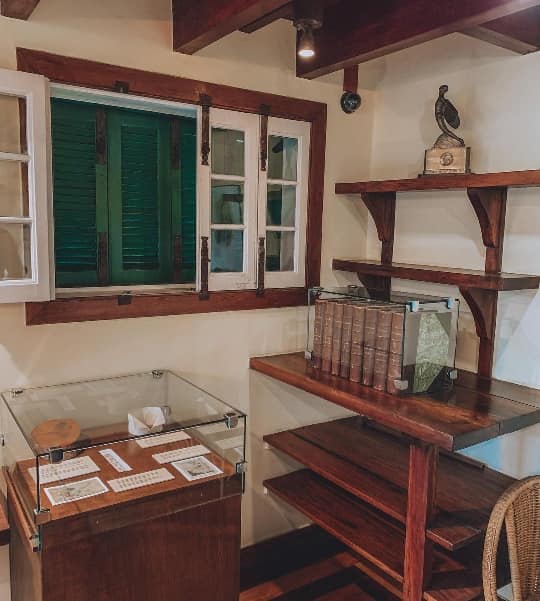
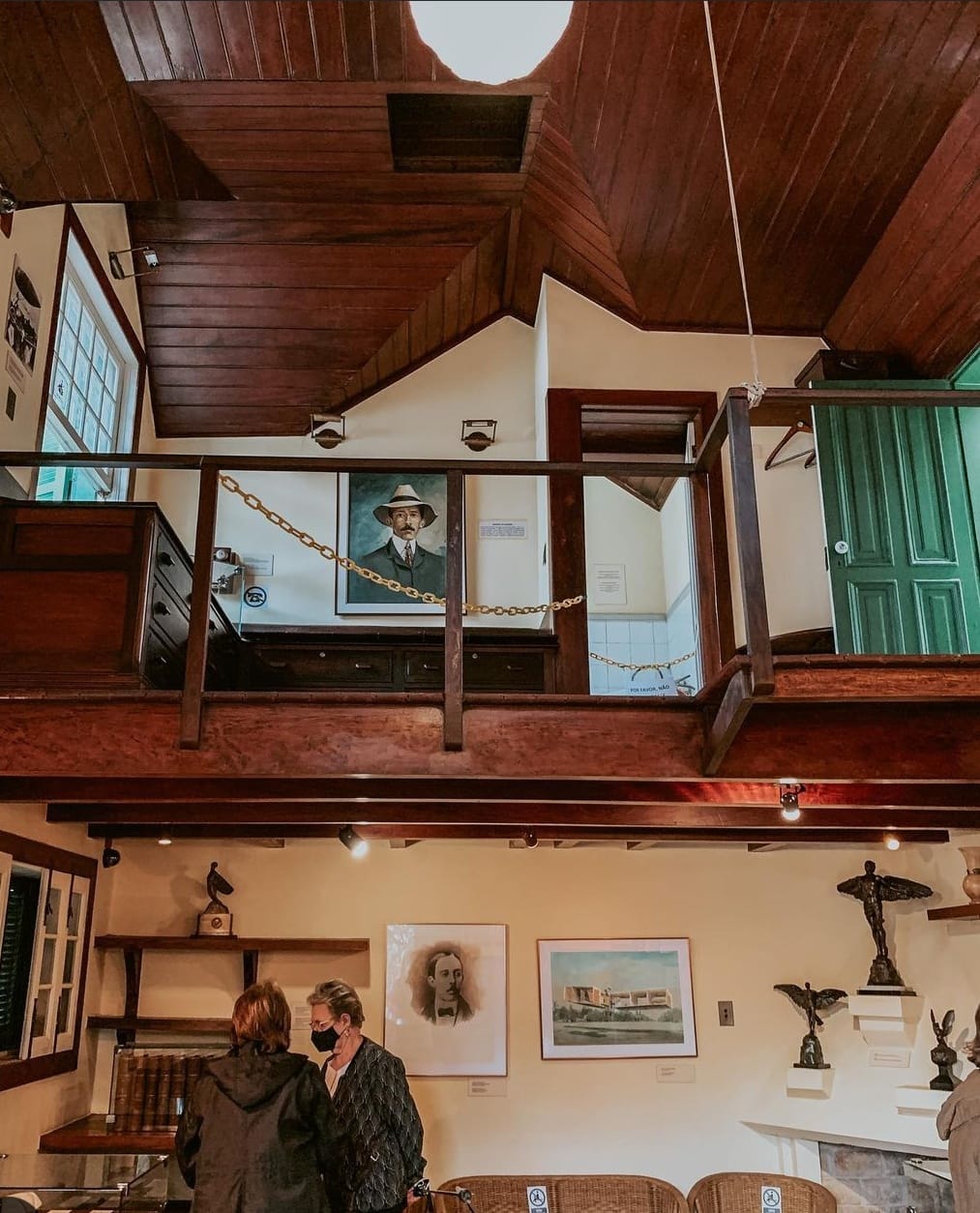
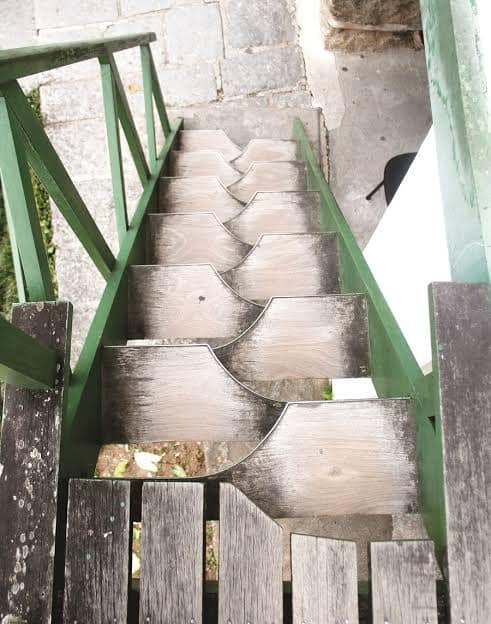
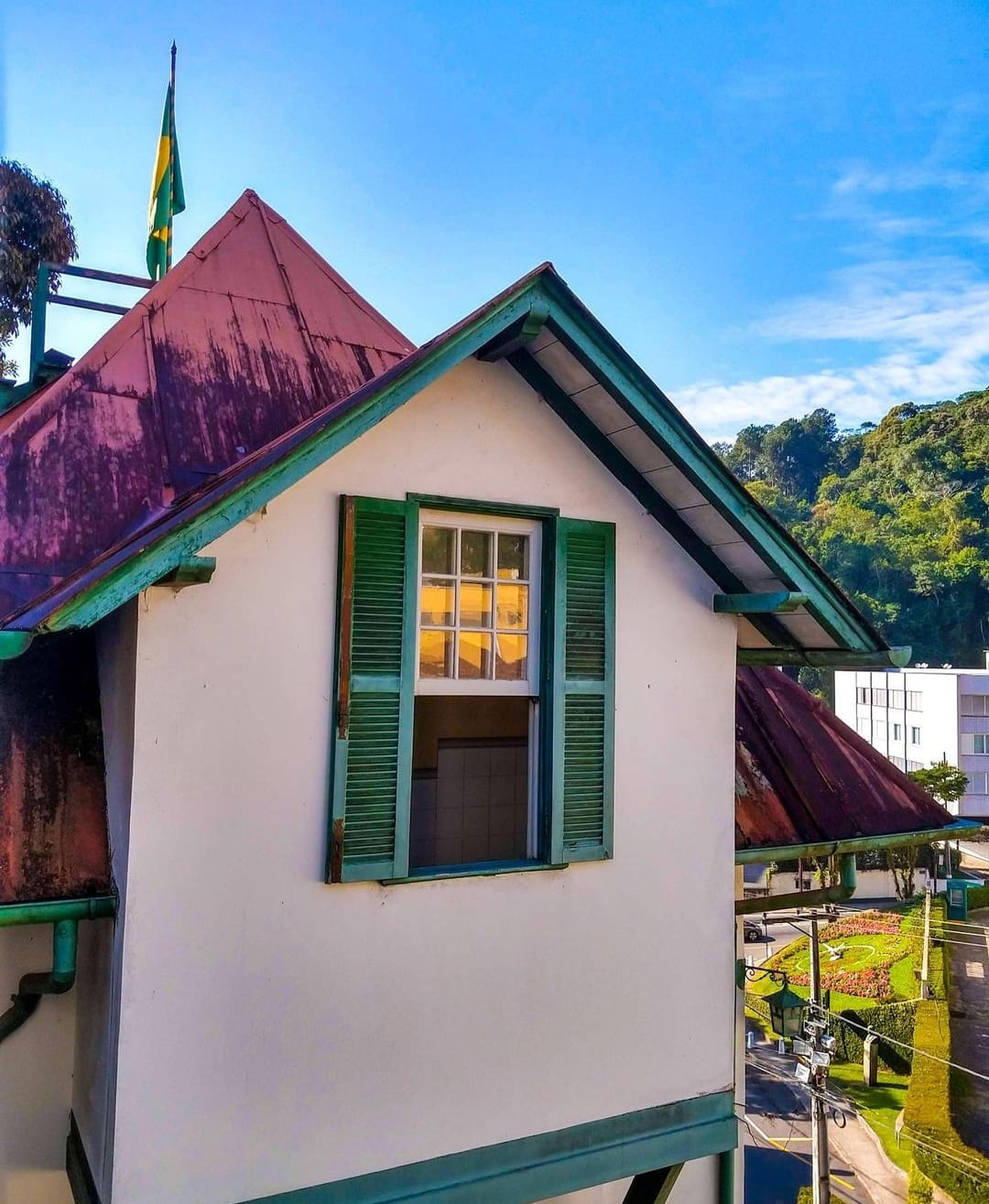
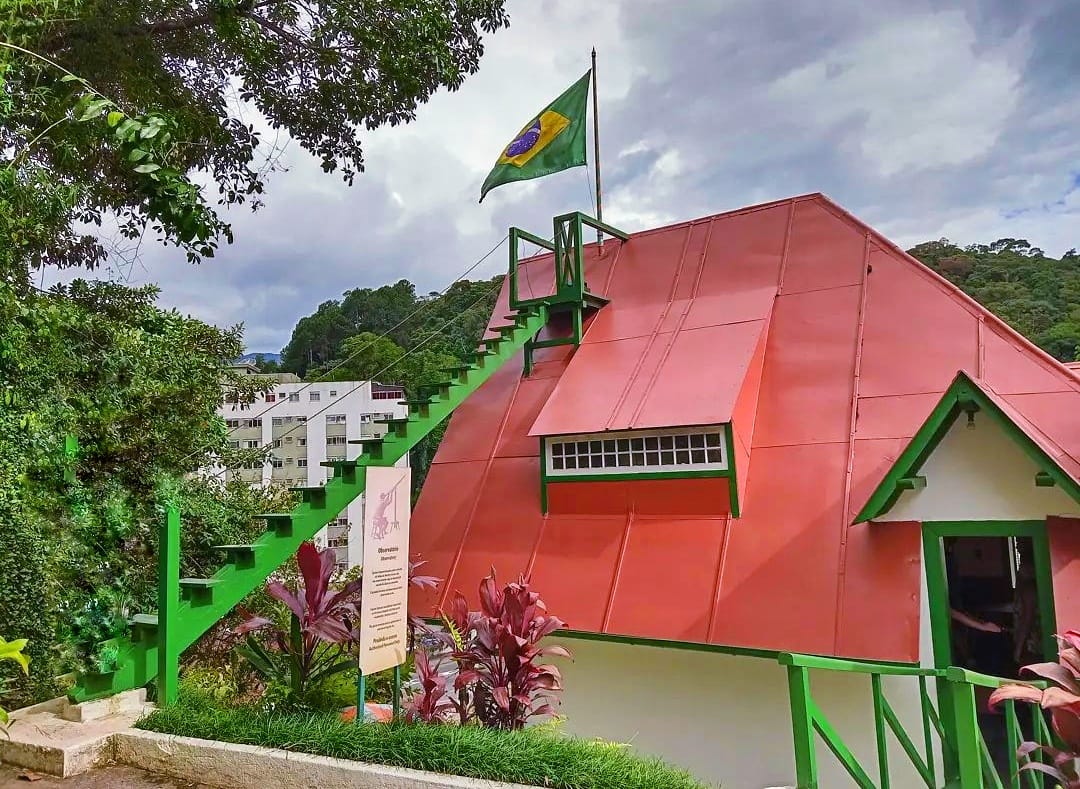
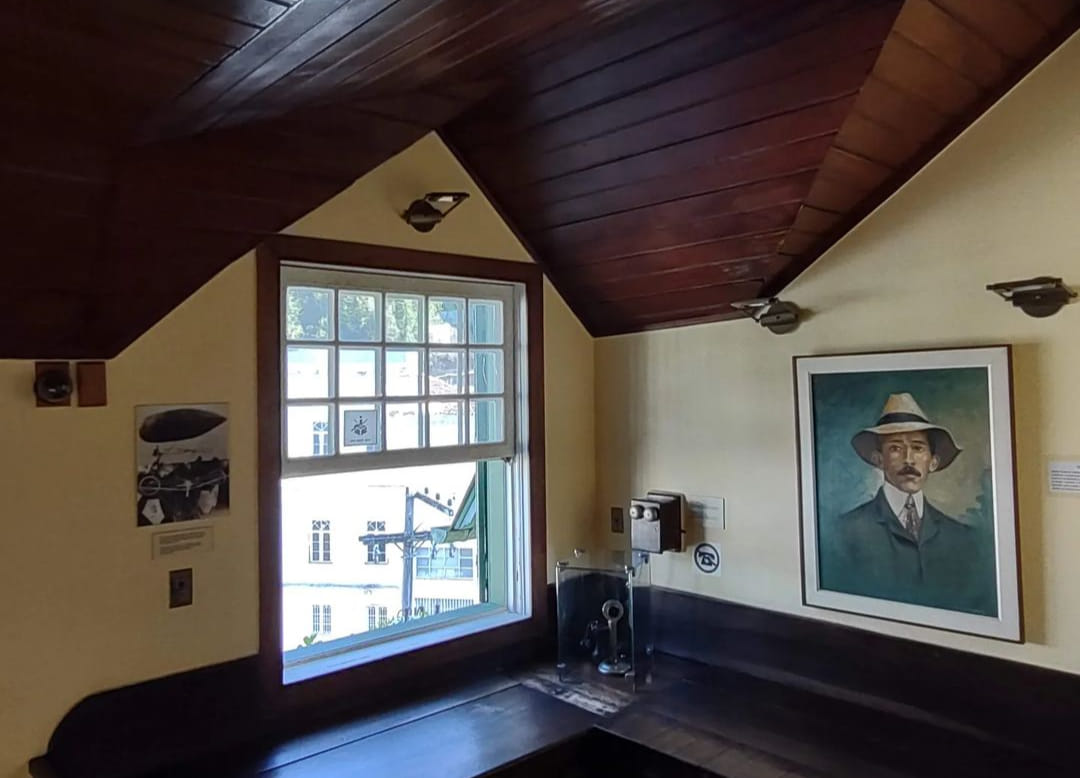
The house has three floors, as well as an observatory above the roof. The aviator’s second book, the work “O que eu vi, o que nós veremos” (What I saw, what we will see), was written in this house in 1918. After Santos-Dumont’s death, the house was donated by his nephews to the Municipality of Petrópolis to “establish an institution that would preserve his memory.”
On July 14, 1952, the house was listed as a national heritage by IPHAN (Institute of National Historical and Artistic Heritage) and today is part of the National Historical and Artistic Heritage.

Matheus Araújo
Matheus Araújo is the founder and editor of Brazilian History. Born in Rio de Janeiro and holding a degree in Advertising and Marketing, his passion for history led him to enroll at the Federal University of the State of Rio de Janeiro, where he is currently pursuing a degree in History Education.
